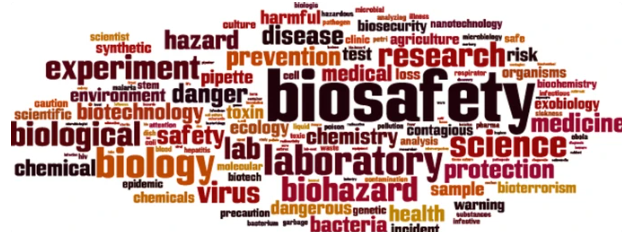BioSafety

All research involving the handling and storage of biohazardous or potentially biohazardous material must be approved by the Institutional Biohazards Committee. Biohazardous materials are infectious materials or materials with the potential to be infectious, for example bacteria, viruses, fungi, and parasites and their products. Tissues/samples containing or potentially containing such materials are also deemed biohazardous.
At Carleton University, we have laboratories that can safely handle Risk Group 1 and Risk Group 2 materials.
Risk Group 1: Low individual and low community risk
These pathogens are highly unlikely to cause serious human or animal disease. They are opportunistic and have the potential to threaten immunocompromised individuals.
Risk Group 2: Moderate individual risk and low community risk
These pathogens pose moderate risk to the heath of individuals and/or animals and a low risk to public health. Risk of disease spread caused by such pathogens is considered low and treatment measures are available.
Carleton’s Biosafety Manual below includes the control measures required for safe research with biohazardous materials.
Biosafety training is mandatory for all persons working with biohazardous or potentially biohazardous materials. The Training Program outlines the topics covered in mandatory Biosafety training. Should your research include handling not covered in training or the manual, the Principal Investigator must ensure individuals are appropriately trained in safe and proper handling techniques.
Research Compliance Office/ Biohazards Application Information
Emergency Response Plan for Biohazardous Materials
Public Health Agency of Canada – Pathogen Safety Data Sheets